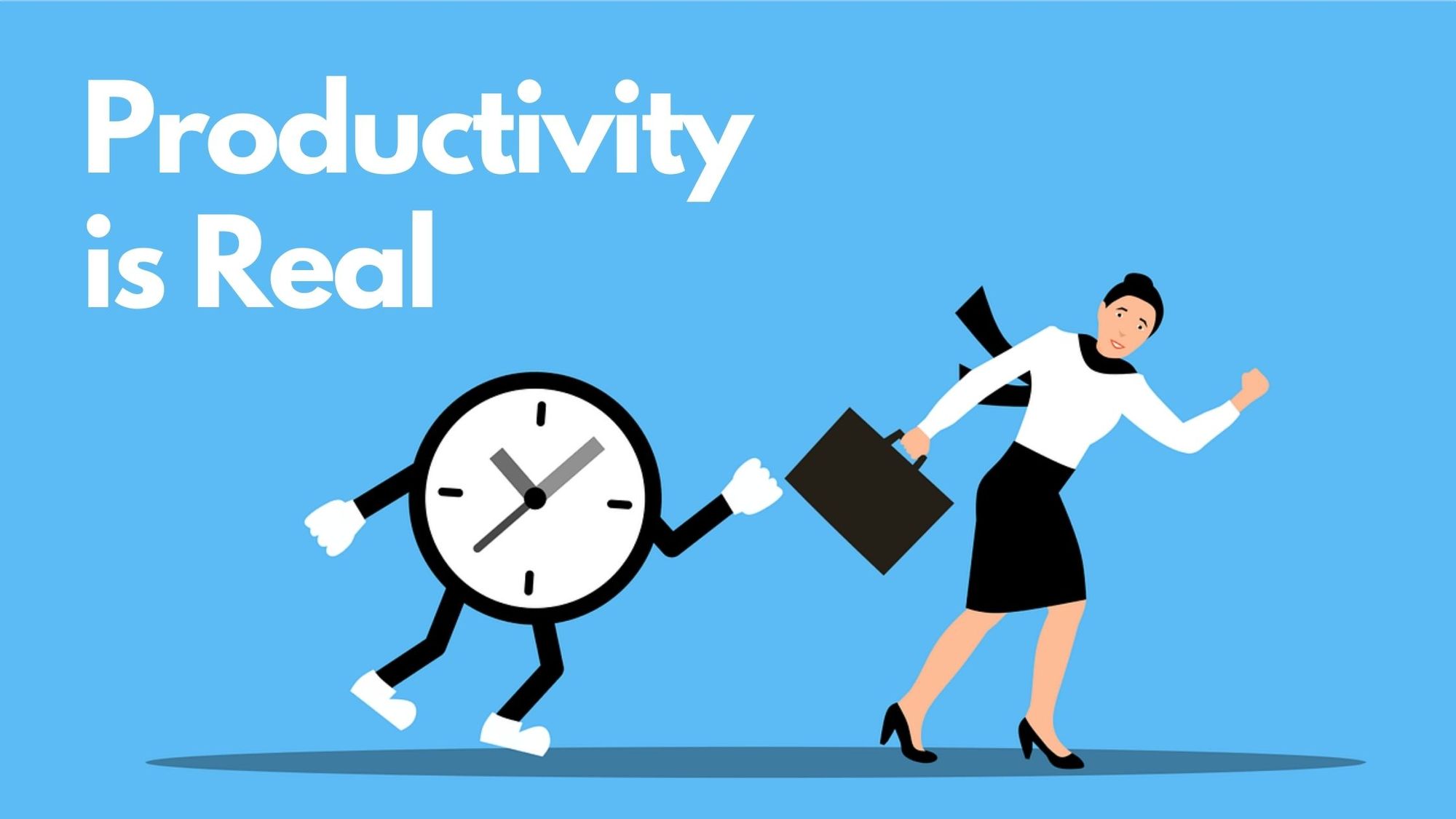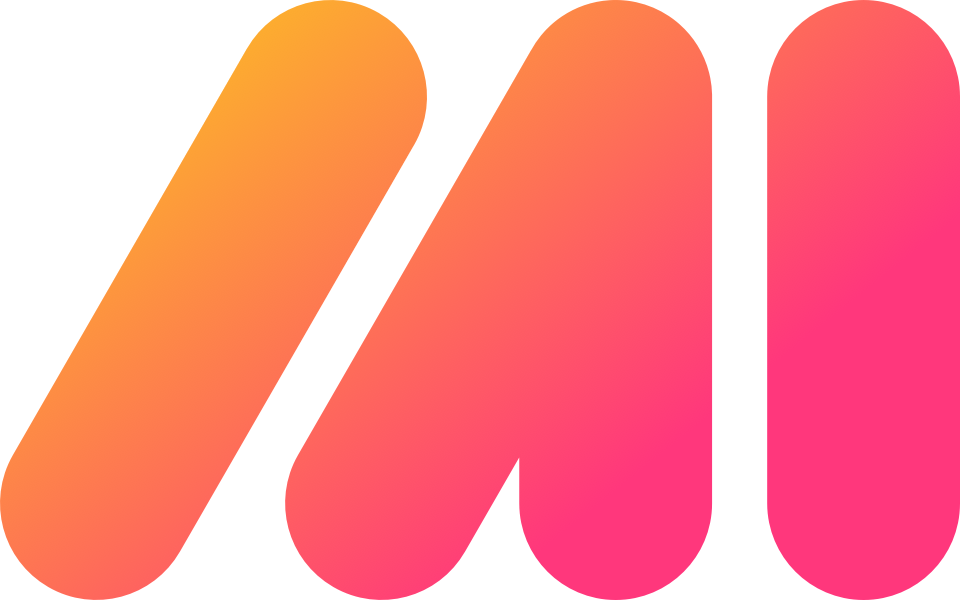We’re working ‘harder,’ but are we getting more done?
How do you measure productivity? Is there a quantifiable method that works across the board? For some with a low bar, simple “adulting” counts as a productive day: getting up, going to work, and coming home to feed your cat. For others, it's how many boxes you check off your to-do list. To a boss, it might be the total amount of revenue brought in on a particular day or over a set period.
Back in 1988, The Harvard Business Review offered a detailed research paper on the subject of measuring productivity, which made a few clear – and obvious – points. It noted that even the most sophisticated measuring system is not necessarily the best way to measure efficiency. One observation by W. Bruce Chew of the Harvard Business Review included:
“There is more to manufacturing efficiency than how hard employees work.”
How true. “Work smart, not hard” should be the goal of everyone. Especially in the age of remote working, a “trend” that’s sticking around a lot longer than some people think. For remote workers to be productive, they obviously need the right tools. Pay for a Zoom subscription if that’s the best way for your team to communicate.
Invest in smart solutions for a new digital workplace. The options are many, and they pretty much cover all the bases. Google Workspace, Office 365, Slack, Basecamp, Trello, and Asana – to name just a few – offer more than enough technology for a team to jell around.
Yes, there’s a new tech learning curve, especially for some less-computer literate people, but hey… it’s not rocket science, and if there was ever a time when upping your work game is essential, it’s now.
Once you’re sure you and your team have the right tools, the spotlight falls on you and your team as people and workers. Most of us humans, though – even with fancy new tools – aren’t that good at working smart, as it requires focusing on a single task and rejecting distractions.
Remote working only adds possible ways to get distracted. Learning to block out the non-essential and develop a stronger ability to be single-minded isn’t easy, but as the Harvard paper, points out, a lot can happen when you do.
Single-Minded Attention to a Task is a Skill That Must Be Developed
“Single-minded attention to direct labor can produce unexpected [positive] consequences,” says the 1988 research paper. And they are absolutely correct. Focusing on a single task is at the top of the list of many good productivity tips.
There is help available. Even digital help. A new fad is “productivity apps,” which might better be called “blocking apps.” They allow you to select times of the day to disable websites or the entire web. You can completely block certain sites (adult content, gambling, etc.), and set timers for “work bursts” – and they have functions that organize your calendar and schedule.

These blocking apps are simply another time-management strategy. We all waste so much time every day. We’re aware of this fact, but find it near impossible to avoid. Checking social media feeds that usually leave you feeling less content with your life than before, or actual addictive content such as ‘adult’ sites or gambling attractions. Trying to get things done in a digital world – especially at home – might be likened to trying to hold an AA meeting in a Wild West saloon.
Digital distractions are everywhere, often disguised as ‘work.’ Sure, Flipboard, as one example, often has great articles that are sometimes related to your industry, but it also has plenty of stories on divorcing celebrities, cool science discoveries, politics, etc.
It’s easy to delude ourselves into accepting draining away time; the one thing that can’t be reclaimed. But it sure is hard to be a “sober worker” in a morass of intoxicating distractions. Following the addiction metaphor, when we “relapse” and find we’ve flitted away a day, many feel remorse or guilt. We berate ourselves for being weak, but a little more insight into human psychology could teach us a lot.
Getting distracted – or jumping from one idea to another – isn’t a “weakness,” it’s an essential part of being a human and may in fact aid in creativity. Single-mindedness is a discipline, and like all disciplines, it’s not something that comes naturally. You have to practice – a lot.
Blocking Out Distractions Helps Take “Willpower” Out of Your Hands, And Lets You Focus
Like 12-step programs suggest, perhaps first we need to admit we have a problem, accepting that we’ve developed bad habits that interfere with our productivity. We’re reactive rather than proactive. We set unrealistic goals and then beat ourselves up for not achieving them.
The largest-ever survey undertaken on the connection between setting goals and real productivity took place in 1980 at the University of Maryland. The researchers had this nugget in their article abstract: “A review of both laboratory and field studies on the effect of setting goals when learning or performing a task found specific, challenging goals led to higher performance than easy goals, ‘do your best’ goals or no goals.” And, “The main mechanisms by which goals affect performance are by directing attention, mobilizing effort, increasing persistence and motivating strategy development.” ‘Persistence’ and ‘specific’ are the standout words from those excerpts.
“Work Smart, Not Hard” is More than Just a Buzz-Phrase
In plainer English, the first finding from the University of Maryland study notes that – while the goal should be challenging – it has to be highly specific. Again, here we’re talking about single-mindedness; blocking yourself from the world as you complete a specific task. This is how things get done – not by making lofty wish lists.
A goal such as “organize my computer” meeting the criteria of “challenging,” but is not specific enough to wrap your head around. “Clean clutter from ‘C’ drive’ might be a more realistic task that you’ll actually complete. Secondly, the findings argue that you need to focus, which means persistence. It’s harder than it sounds.
Sticking to something for more than 10 minutes can feel like a lifetime for some people, especially those raised in the ADHD world of 24-7 “infotainment” access multiple devices and at virtually any location from home to the woods. And again, perhaps using a timer or a blocking app could make this less painful – in any case, you need to develop a strategy that works for you.
Some people swear by the old “egg-timer” method: work like crazy for 25 minutes and then take a break; even rewarding yourself with say, 10 minutes of web time. For others, only the “lockbox” approach leads to results. That app spread across your devices can be set to not even allow email through if that’s what you need. In closing, here’s an acronym that might be a tad cheesy, but has a lot of truth in it.
Strive to be a SMART worker, one who is or has:
S – Specific goals, stretchable (flexible).
M – Motivated, measurable (one task at a time).
A – Achievable (setting goals that are realistic), action-oriented.
R – Reasonable, rewarding (be nice to yourself after getting stuff done), results-oriented.
T – Time-based, (making and sticking to schedules) tangible, (getting real work accomplished).
-Good luck!


